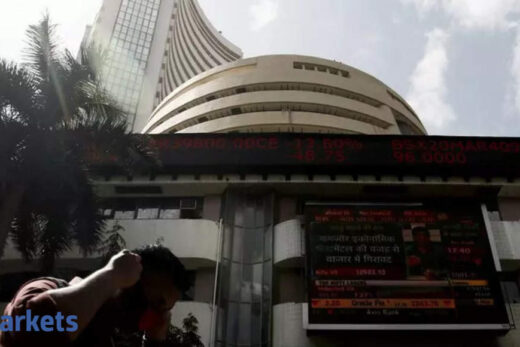Brent crude oil futures for July gained 5 cents, or 0.1 per cent, to $68.70 a barrel by 0102 GMT, while U.S. West Texas Intermediate (WTI) crude for July was at $66.05 a barrel, down 2 cents.
Both benchmarks edged higher on Tuesday, ending at their highest levels in a week, amid hopes for rising demand from the approach of the northern hemisphere’s summer driving season and lifting of coronavirus restrictions.
U.S. crude oil and fuel inventories fell last week, according to two market sources, citing API figures on Tuesday.
Crude stocks fell by 439,000 barrels in the week ended May 21. Gasoline inventories fell by 2 million barrels and distillate stocks fell by 5.1 million barrels, the data showed, according to the sources.
“The API data was good, but investors were paying more attention to the Iran talks because the impact from possible return of Iranian oil to the market is more significant,” said Kazuhiko Saito, chief analyst at commodities broker Fujitomi Co.
Iranian government spokesman Ali Rabiei said on Tuesday he was optimistic over Tehran reaching an agreement soon at talks with world powers to revive a 2015 nuclear deal, although Iran’s top negotiator cautioned that serious issues remained.
Indirect negotiations between the United States and Iran have resumed in Vienna this week after Tehran and the U.N. nuclear agency extended a monitoring agreement on the Middle Eastern country’s atomic programme.
Iran and global powers have negotiated in Vienna since April to work out steps that Tehran and Washington must take on sanctions and nuclear activities to return to full compliance with Iran’s 2015 nuclear pact with world powers.
Analysts have said Iran could provide about 1 million to 2 million barrels per day (bpd) in additional oil supply if a deal is struck and sanctions lifted.



